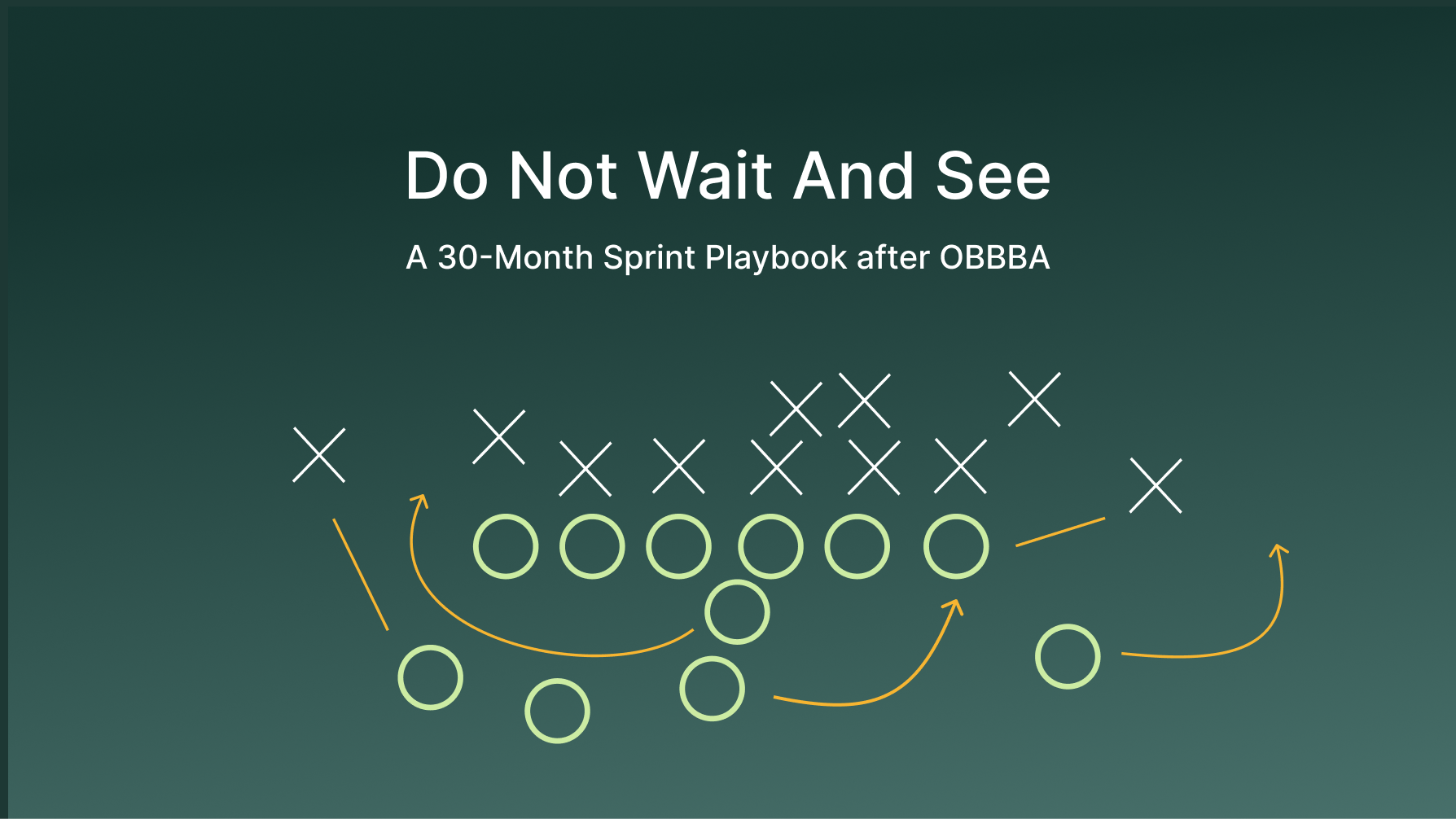
Why We Built the Environmental Reports: Saving Time, Reducing Effort, and Empowering Teams
Why We Built the Environmental Report: Saving Time, Reducing Effort, and Empowering Teams
At Paces, our mission is to enable the climate-optimum use case of every piece of land to accelerate the transition to a clean energy economy. With 80% of renewable energy projects failing to reach completion, it's critical to empower developers with the speed and insights needed to make informed decisions early in the process. Our newest product, the Environmental Report (ER), is designed to do just that. By streamlining site screening and due diligence, Environmental Report helps developers avoid potential pitfalls, enabling them to move forward faster and more confidently.
A Common Problem: Time-Consuming, Manual Work
One of the biggest challenges developers face is the time-intensive, manual effort required for site screening. Traditionally, companies either assign this task to their in-house teams or outsource this process to consultants, both of which have significant drawbacks.
When done internally, site screening can consume hours, if not days, of a GIS analyst or junior developer’s time. They must manually gather and cross-check data from various sources, including environmental records, zoning maps, and permitting guidelines, ensuring every detail is accounted for. This meticulous process is critical to avoid costly mistakes later, but diverts attention away from more strategic, high-impact tasks like project design, stakeholder engagement, and financial modeling.
On the other hand, outsourcing desktop analysis to consultants may seem convenient, but it often introduces delays. Reports can take weeks to arrive, slowing down entire projects. Additionally, these services don’t come cheap, consultants charge thousands of dollars per report, creating inefficiencies in a fast-moving industry.
Enter the Environmental Report
We built the Environmental Report to tackle these exact pain points by saving time and reducing the need for expensive, labor-intensive manual work. Our goal was simple: to create a product that enables developers to conduct environmental due diligence quickly, accurately, and affordably.
The Environmental Report automates the process of consolidating essential environmental, zoning, and permitting data into a single comprehensive report. What once took hours spent pulling data from disparate sources or waiting weeks for a consultant’s analysis, can now be completed in minutes.
By automating this traditionally manual process, the Environmental Report allows your team to focus on what really matters: moving projects forward.
Why This Matters for Your Team
In the fast-paced, competitive world of renewable energy development, efficiency is crucial. Developers can’t afford to lose valuable time waiting on consultants for reports. That’s why we created the Environmental Report —designed to give developers control over their due diligence process. With our tool, you no longer need to rely on external consultants for critical site information—it’s all at your fingertips.
But it's more than just saving time—it's about empowering your team. The Environmental Report equips you to perform comprehensive, reliable site screenings independently, enabling you to move faster and with greater confidence. And with data sourced from trusted government and environmental agencies, you can be confident in its accuracy every step of the way.
The Environmental Report also allows your team to identify site risks early and make informed decisions without the usual bottlenecks. By reducing manual tasks, the Environmental Report minimizes the risk of human error - ensuring that critical environmental data—such as wetlands, floodplains, or local permitting ordinances—is gathered and presented in a clear, consistent format. This means no overlooked details and always having the most accurate, up-to-date information.
The time savings with Environmental Report are substantial. Beta users have reported that a tasks that used to take up to 1.5 hours can now be completed in as little as 3 minutes. This efficiency boost allows teams to produce far more than the usual 2-4 reports per week, freeing them from repetitive tasks and enabling them to advance projects more effectively.
Moving Forward, Smarter
As we continue to grow our dataset, we’re excited to help teams across the country save time and focus on delivering clean energy, faster.
If you’re ready to save time, reduce manual effort, and empower your team with the tools they need to succeed, Paces is ready to show you how Environmental Report can help.
More articles

The One-Person, Billion-Dollar Power Development Company


RE+ 2025: What we heard on policy, power, and partnerships


Do Not Wait and See: A 30-Month Sprint Playbook after OBBBA


From puzzle to pipeline: how a unified workflow transforms development


When Speed Meets Sustainability: Our CERAWeek Takeaways on Accelerating the Energy Transition


Introducing the Accelerated Development Framework


A Look Back and the Road Ahead for 2025


The Critical Role of Clean Energy in the AI Revolution


Paces's Take: What the 2024 Election Result Means for Clean Energy


Why We Built the Environmental Reports: Saving Time, Reducing Effort, and Empowering Teams


Solar Energy Adoption in NY vs. PA


Siting the Needle in a Haystack: Solar Permitting in Glenn County, CA


10 GW by 2030: Sizing the New York Community Solar Market from the Local Ordinance Up


Quantifying Solar Permitting Risk with Large Language Models


From Brownfields to Brightfields


From Sheep Farms to Solar Farms


Evolution at the Edge: Renewables and the Spatial Configuration of the Grid


Renewable Development Blockers


Cofounder Charles Bai is a Forbes 30 Under 30!


Inflation Reduction Act: Energy Community


Paces Featured on Founder to Founder!


Paces @ TechCrunch Climate 2022


Paces Joins Y Combinator Summer Batch 2022




